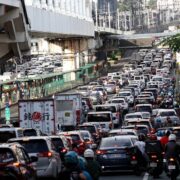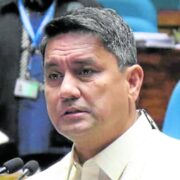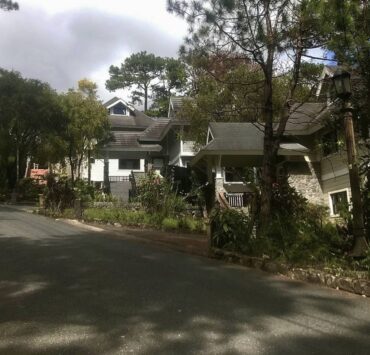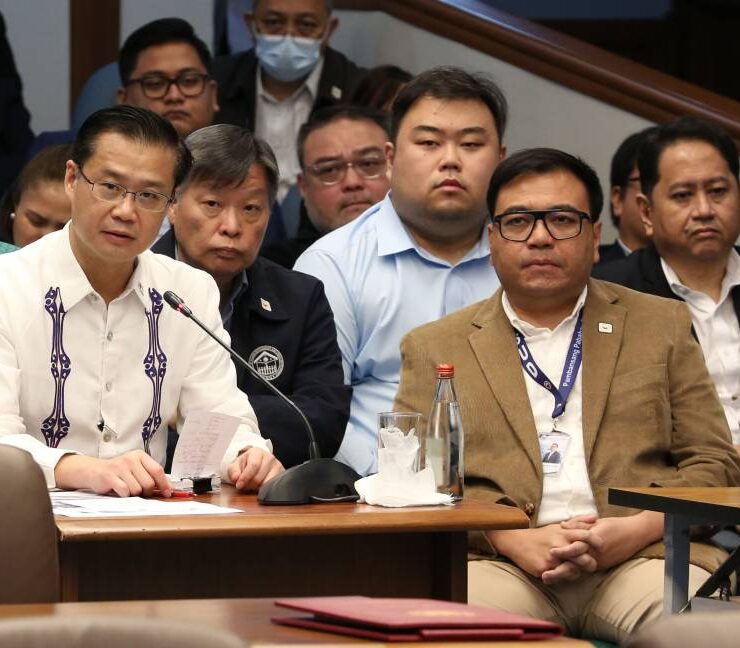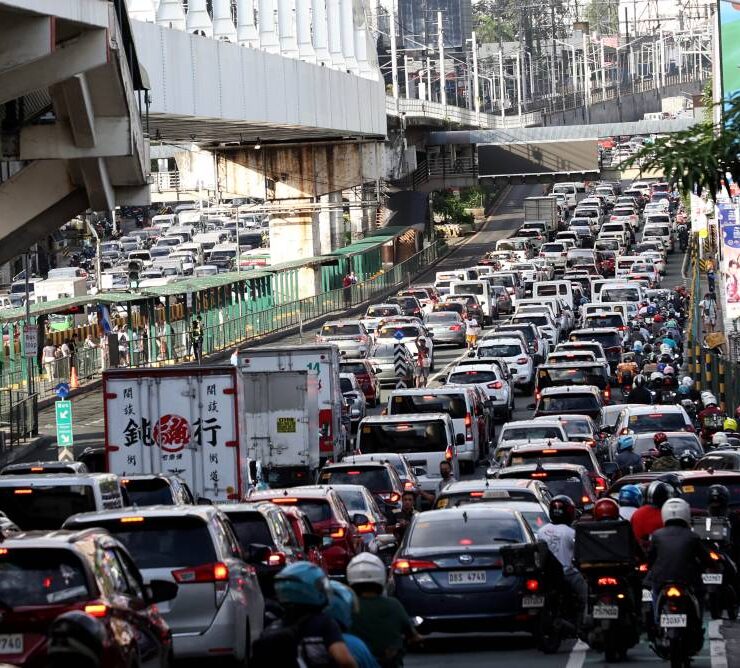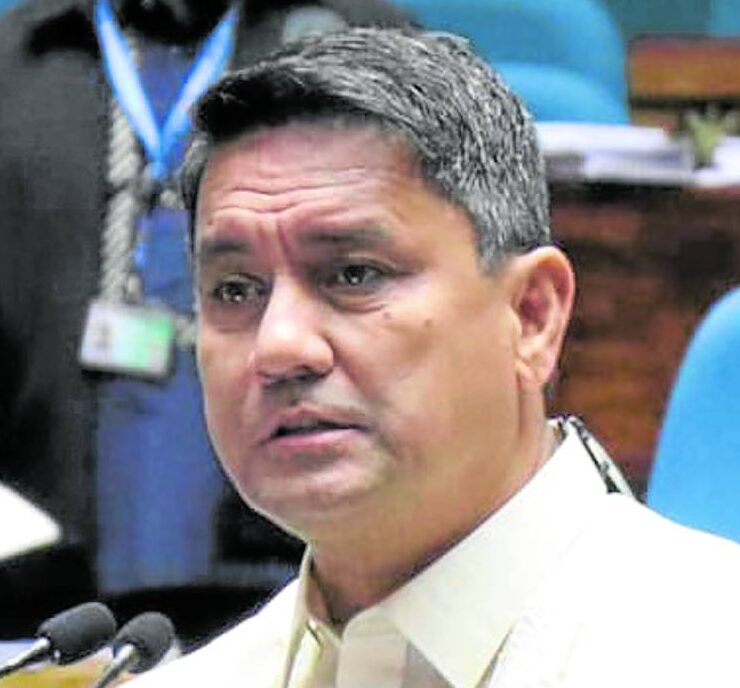Disaster as a test of memory

The magnitude 6.9 tremor that shook Cebu province on the night of Sept. 30 did more than topple buildings, turn homes into rubble, and kill dozens of people in its wake. It also exposed the hard truth that the Philippines, one of the world’s most disaster-prone nations, has not learned enough from its past.
For all the annual earthquake drills and apocalyptic warnings about the “Big One,” the latest calamity to strike Central Visayas shows that the country remains perilously unprepared. Last week, once again, our people were caught flat-footed and paid the price of neglect. “This is a tragedy of unprecedented scale in recent memory,” Cebu Gov. Pamela Baricuatro said.
But memory is short in this country. Twelve years ago, over 200 people died and almost 1,000 were hurt in Cebu and neighboring Bohol, when a stronger tremor, at 7.2 magnitude, devastated the Visayas on Oct. 15, 2013.
Scientists have long cautioned of high-magnitude earthquakes in this corner of the Pacific Ring of Fire, and Filipinos are certainly no strangers to deadly temblors. Thus, the terrible cost of the Cebu quake, including a death toll that has climbed to 68, could not be blithely dismissed as nature’s doing—it’s also man-made.
A chilling projection
The 2004 Metro Manila Earthquake Impact Reduction Study, conducted by the Philippine Institute of Volcanology and Seismology (Phivolcs) and Japan International Cooperation Agency (JICA), offered a chilling projection: if a magnitude 7.2 quake struck the Valley Fault System running through the capital, deaths could reach into the tens of thousands.
But even though the study was disseminated far and wide, it didn’t lead to any blueprint for action. In 2019, the risk consultancy firm Philippine Strategic Associates released the Metro Manila Earthquake Vulnerability Assessment, which built on earlier research including the JICA study. Its forecast on the impact of a similar tremor hitting the National Capital Region was the stuff of nightmares: at least 52,000 dead, 500,000 others injured, 500 fires breaking out and nearly 14 percent of the country’s gross domestic product wiped out.
This, according to the study, is what awaits a megacity that continues to expand vertically, often without regard for compliance with building codes, as well as horizontally. And still, the capital sprawls unchecked, riddled with unsafe buildings and settlements planted on fault lines.
Everyday discipline
What must be done? First, disaster preparedness cannot remain a once-a-year drill. These “duck, cover and hold” exercises have their value, but they are token gestures unless communities internalize them as everyday discipline. Preparedness must be institutionalized at the barangay level, taught consistently in schools, integrated into the mandates of local governments and woven into regulations governing both the public and private sectors.
The outrageous incident in Cebu of business process outsourcing employees allegedly being forced to return to work after the quake must not be allowed to happen again.
Second, the government must finally enforce building codes with ironclad resolve. This means ensuring that developers, contractors, and engineers adhere to safety standards, rooting out the corruption that allows substandard buildings to rise in exchange for bribes, and retrofitting old and critical infrastructure like hospitals, bridges, airports, and schools.
Third, it’s high time we stopped turning schools into makeshift shelters. Instead, dedicated, earthquake-resistant evacuation centers should be constructed in every town and city, stocked with prepositioned food, water, medicine, and sanitation supplies.
Fourth, early warning systems must go beyond perfunctory text blasts. Community-based information campaigns, house-to-house preparedness drives and local risk maps must be developed and distributed.
Trapped in endless cycle
Ordinary Filipinos must not only be aware of the risks but also know what specific actions to take when the ground starts shaking. They must be provided comprehensible disaster information, without which warnings remain abstract and easily ignored.
Finally, disaster governance must be freed from bureaucratic fragmentation. Agencies like the Phivolcs, the National Disaster Risk Reduction and Management Council, and local governments must act in concert, assuming the worst-case scenario rather than the best one.
The Cebu quake is a grim reminder that every disaster is a test of memory. Time and again, we have vowed never again after tragedy, only to lapse into complacency as the debris is cleared and the dead are buried.
The knowledge is here, the technology exists, and warnings have been sounded over and over. The only thing missing is political courage. It is imperative that policymakers break the pattern of negligence, corruption and finger-pointing at the end of each calamity; otherwise, the Philippines will remain trapped in this endless cycle of grief and rebuilding.






